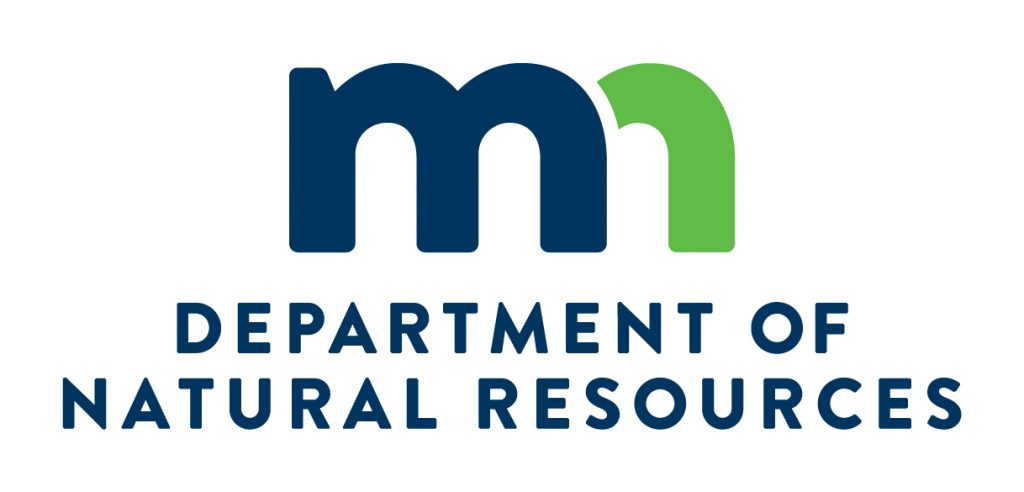Well sampling planned in Aitkin County for Groundwater Atlas

The Minnesota Department of Natural Resources will collect water samples from about 90 wells in Aitkin County for use in the development of a Groundwater Atlas for the county.
Selected well owners will be contacted by mail or phone to request permission to sample their wells. The process involves collecting a water sample from an outside spigot or hydrant for laboratory analysis. Dozens of different water components are analyzed to determine the natural chemistry of aquifers. Participation is voluntary and owners will receive a report of the laboratory results for their well. Sample well locations are shown on the maps, but no contact or ownership information is included in the data.
Wells are selected based on geology, location, well depth and well construction. Participation will help hydrologists create county maps and descriptions of groundwater distribution, movement, conditions, and the pollution sensitivity of aquifers. Final materials will be available as printed maps, reports and geographic information system files available on the web.
The groundwater atlases are used to identify viable sources of drinking water, manage sustainability, guide decisions for well and septic system construction, inform well-head protection efforts for public water supply, understand regional recharge and groundwater movement, and assess pollution sensitivity and possible contaminant migration. Neither the well sampling nor the atlases are used to regulate individual well owners.
The Groundwater Atlas of Aitkin County is expected to be completed in 2025. This groundwater portion is Part B of a two-part series. Part A, the geology of Aitkin County, will be completed by the Minnesota Geological Survey in late 2022 or early 2023.
The County Atlas Program is funded in part by the Minnesota Environment and Natural Resources Trust Fund as recommended by the Legislative-Citizen Commission on Minnesota Resources.
A full description of this DNR program and completed atlas products are available on the Groundwater Atlas Program page of the DNR website (mndnr.gov/GroundwaterMapping).

